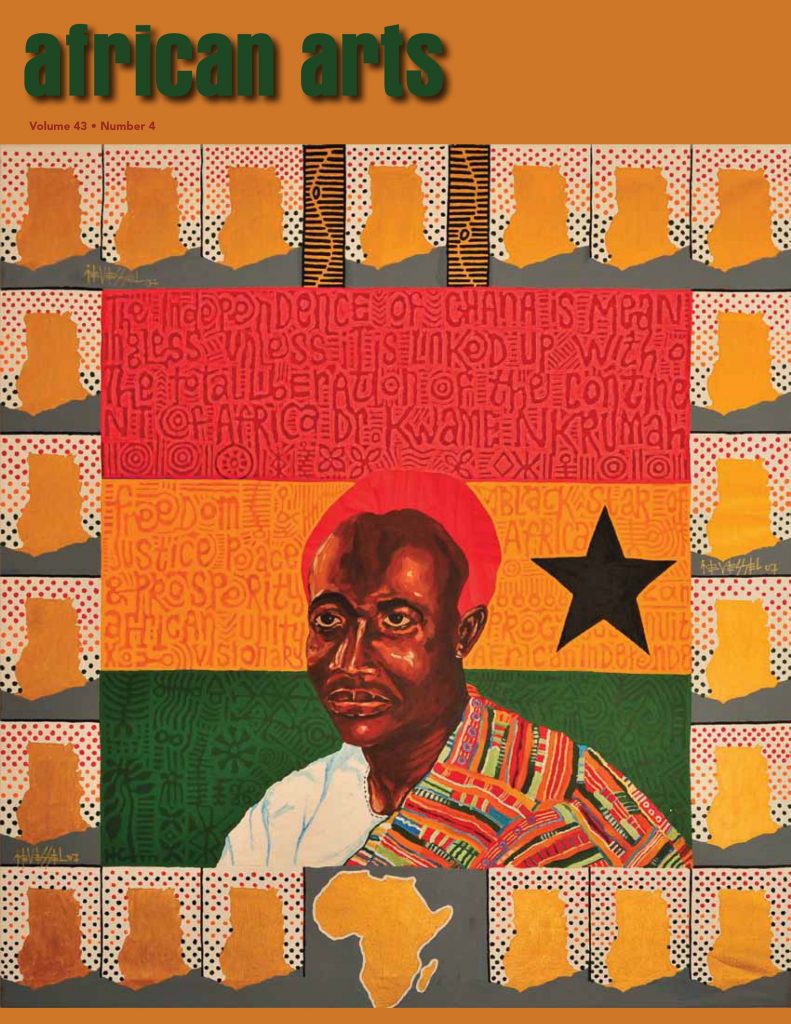Dean Karen Gil has made enhancing faculty diversity a top priority for the College of Arts and Sciences.
“If we want our faculty to help solve the world’s greatest challenges, we must recruit excellent scholars and teachers from diverse backgrounds,” she said at a Spring 2012 reception celebrating the appointment of Professor Patricia Parker as the College’s first Director of Faculty Diversity Initiatives.
“Varied experiences will inform and ignite new knowledge and ideas,” Dean Gil said. “We have made steady progress in hiring outstanding faculty who reflect our diverse world, but we need to do even more.”
Dean Gil appointed a Faculty Diversity Task Force in 2010-11 to explore best practices and make recommendations. The Task force was chaired by Chemistry Professor Valerie Ashby.
The College has already fulfilled three Task Force recommendations: the appointment of the Director of Faculty Diversity Initiatives, the naming of a Diversity Liaison in every academic department of the College to work with the Director and the Dean’s Office, and the creation of a diversity section on the College web site that highlights news and resources concerning diversity.
“I am thrilled to have the opportunity to assist the Dean in crafting and implementing a vision for faculty diversity that will energize our collective vision of institutional excellence,” Professor Parker said. “Through our efforts we can change the conversation about diversity.”
She encouraged the Diversity Liaisons to be diversity leaders in their departments.
“We can begin to speak clearly, often and confidently about the centrality of faculty diversity to the College’s mission in research, instruction and engagement,” Professor Parker said. “We can speak openly within our departments and with colleagues across the College about what diversity means, why it is valuable, and how we can achieve it.”
The task force reviewed progress in the College over the past decade to successfully hire and retain under-represented minorities, including African-Americans, Hispanics and Native Americans (both U.S. born and international, as appropriate), as well as women and Asian-Americans in fields where they have been under-represented.
The group also identified successful initiatives, programs and “best practices” at UNC and at other universities.




